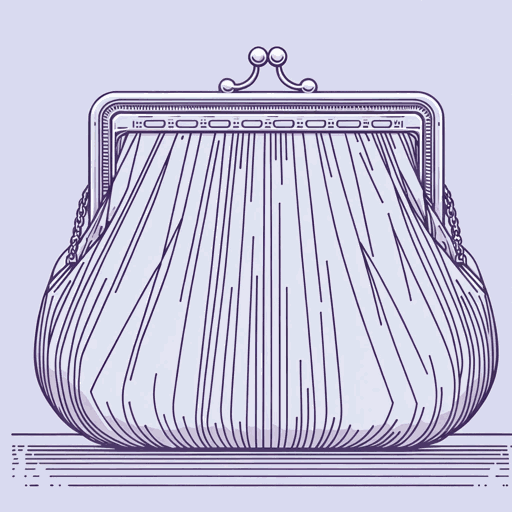40 pages • 1 hour read
Langston HughesThank You, M'am
Fiction | Short Story | Adult | Published in 1958A modern alternative to SparkNotes and CliffsNotes, SuperSummary offers high-quality Study Guides with detailed chapter summaries and analysis of major themes, characters, and more. For select classroom titles, we also provide Teaching Guides with discussion and quiz questions to prompt student engagement.
Literary Devices
Alliteration
Hughes is most famous as a poet, and even his prose employs techniques more commonly associated with poetry, such as alliteration, or the repetition of initial consonant sounds in successive words or phrases. Perhaps the best example in “Thank You, M’am” comes in Hughes’s description of Roger as “willow-wild” (Paragraph 16). The phrase conjures an image of a slender and perhaps flighty or fearful boy, one who resembles the slim and drooping branches of a weeping willow. The repetition of the letter W reinforces this characterization, while the breathiness of the sound conveys a sense of airiness and insubstantiality.
Contrast
“Thank You, M’am” features just two characters, and they are opposites in nearly every respect; where Roger is young, male, “frail” (Paragraph 16), and nervous, Mrs. Jones is older, female, “large” (Paragraph 1), and self-assured. Even their names accentuate the differences between them, with Mrs. Luella Bates Washington Jones’s four names dwarfing Roger’s one.
Initially, this contrast underscores the conflict between the two characters, but as the story progresses, it becomes clear that Mrs. Jones and Roger have more in common than one might suspect.
Related Titles
By Langston Hughes

Children’s Rhymes
Langston Hughes

Cora Unashamed
Langston Hughes
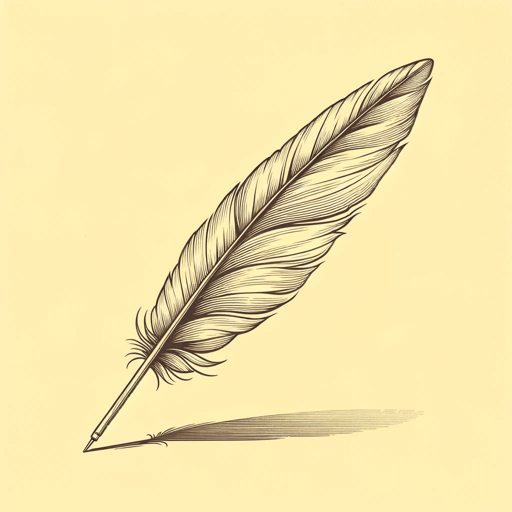
Dreams
Langston Hughes
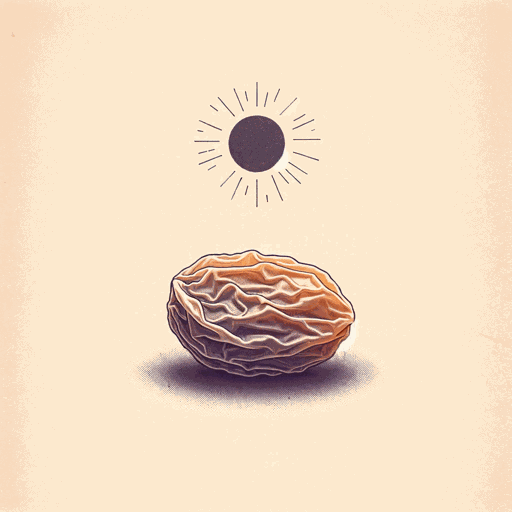
Harlem
Langston Hughes

I look at the world
Langston Hughes

I, Too
Langston Hughes
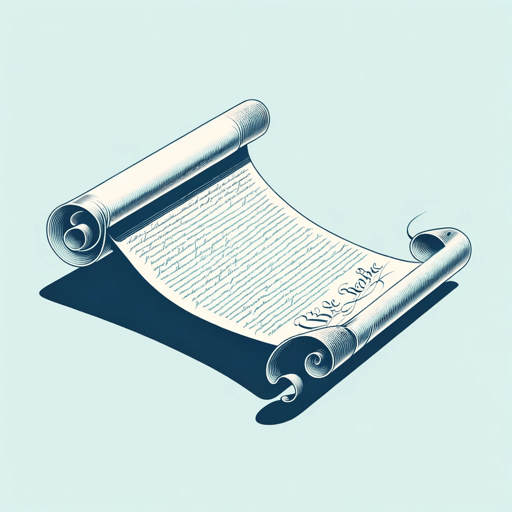
Let America Be America Again
Langston Hughes
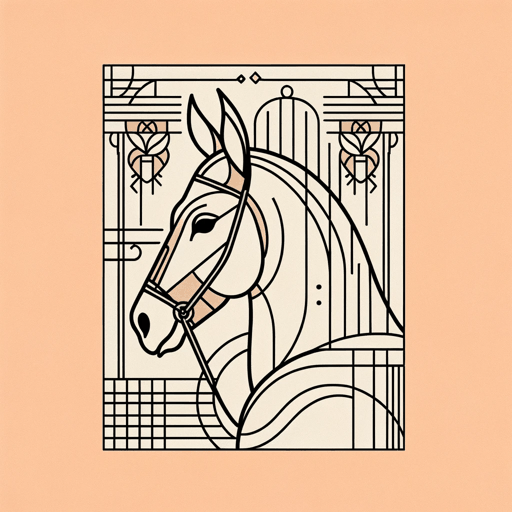
Me and the Mule
Langston Hughes

Mother to Son
Langston Hughes

Mulatto
Langston Hughes

Mule Bone: A Comedy of Negro Life
Langston Hughes, Zora Neale Hurston
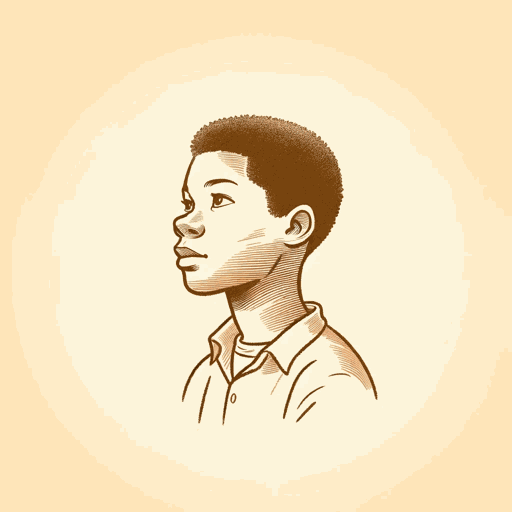
Not Without Laughter
Langston Hughes
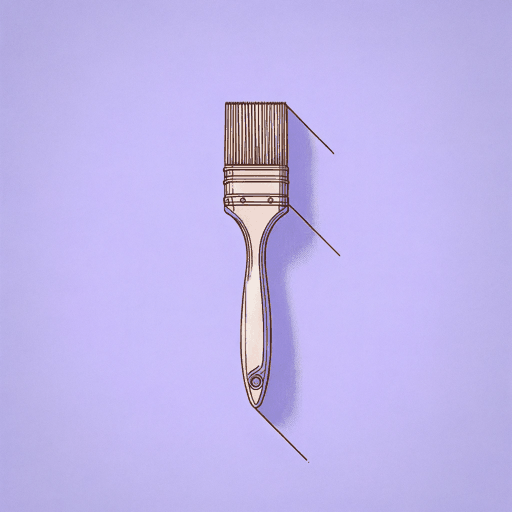
Slave on the Block
Langston Hughes

The Big Sea
Langston Hughes
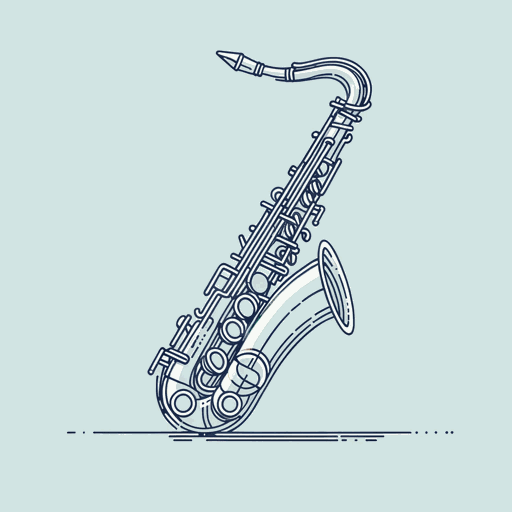
Theme for English B
Langston Hughes

The Negro Artist and the Racial Mountain
Langston Hughes

The Negro Speaks of Rivers
Langston Hughes
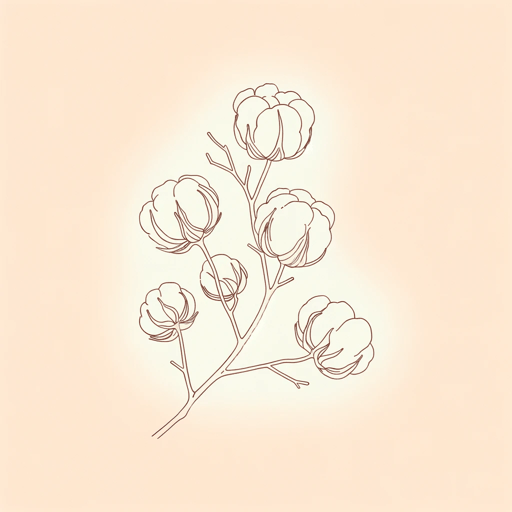
The Ways of White Folks
Langston Hughes

The Weary Blues
Langston Hughes

Tired
Langston Hughes
